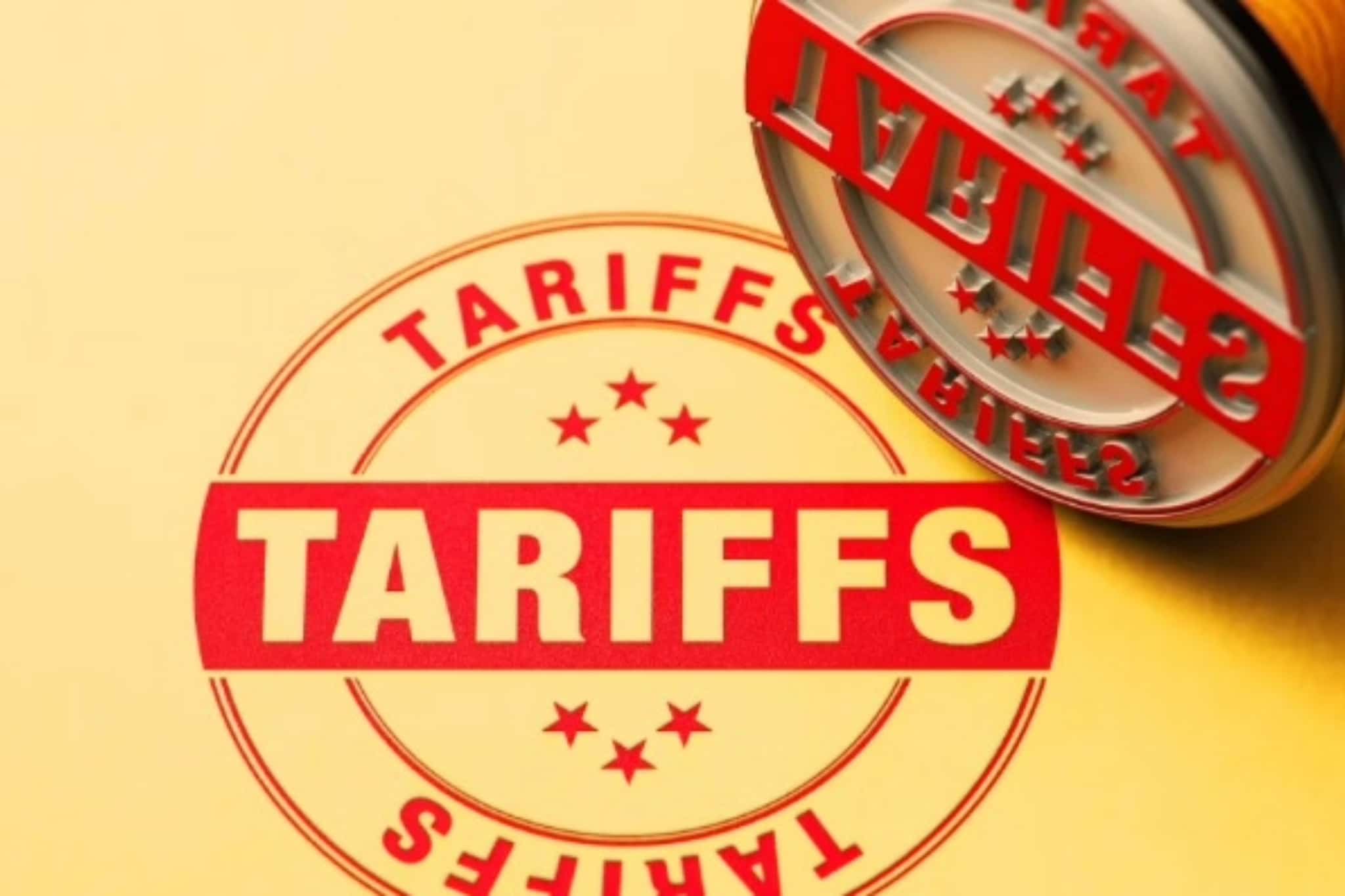In real estate — as in life — there will always be outside forces that change the playing field. Sometimes it’s interest rates. Other times it’s labor shortages, supply chain issues, or policy decisions made in Washington. Today, one of the newest variables shaping the cost of homeownership is tariffs on imported building materials.
According to the National Association of Home Builders (NAHB), newly proposed and existing tariffs could increase the price of a new single-family home by $7,000 to $10,000. That’s not just a line item on a construction budget — it’s an extra $85 or more per month added to a buyer’s mortgage payment.
The Reality: The Goalposts Will Always Move
For both homebuyers and builders, this isn’t the first time — and it won’t be the last — that external forces influence the cost of housing. If it’s not tariffs, it’s rising interest rates. If it’s not rates, it’s inflation or changes in local regulations. The market is always shifting.
What separates those who succeed in this environment is the ability to adapt, pivot, and make smart, informed decisions.
Buyers: It’s Time to Adjust, Not Abandon
If you’re a prospective buyer, here’s the good news: Even in uncertain times, there are still ways to buy smart. Understanding the “why” behind rising costs — like tariffs on steel, lumber, and fixtures — can help you focus on what you can control:
- Get pre-approved and lock in your rate before further increases.
- Reframe expectations — consider slightly smaller homes or phased upgrades to stay within budget.
- Work with a builder or agent who knows how to navigate market shifts and find value even when prices climb.
Waiting for the “perfect” moment to buy might mean missing opportunities in a market that continues to evolve.
Builders: Creativity Is No Longer Optional — It’s Essential
For builders, the pressure is real. Tariffs make materials more expensive. Labor remains in short supply. And buyers are feeling stretched. The challenge is clear: how do you continue building high-quality homes while keeping them affordable?
The answer lies in innovation:
- Smarter floor plan design that maximizes space without increasing square footage
- Bulk material purchasing strategies and domestic supplier relationships
- Flexible upgrade options that allow buyers to customize over time
- Efficiency in construction timelines to reduce holding costs
It’s not just about cutting costs — it’s about reimagining how we deliver value in today’s landscape.
A Shared Responsibility to Adapt
Tariffs are just one piece of a larger puzzle — but they underscore a critical truth: we cannot control the market, but we can control how we respond to it.
Buyers must stay educated and flexible. Builders must lead with creativity and adaptability. And together, we must continue finding ways to make homeownership accessible, sustainable, and aligned with today’s realities.
Final Thought
The path to homeownership may feel more complicated than ever — but it’s not impossible. With the right guidance, the right partners, and a willingness to adapt, today’s challenges can become tomorrow’s opportunities.
If you’re ready to take the next step — whether it’s exploring your options as a buyer or finding a builder who can help you navigate the shifting market — we’re here to help you move forward with confidence.





